Defining Intelligent Automation
Let’s start by talking about the unicorn. The unicorn is the combination of artificial intelligence (AI), intelligent capture (IC), robotic process automation (RPA) and workflow to create intelligent process automation that’s worthy of the name. Until recently, intelligent process automation was a joke: most of the tools weren’t very intelligent. They addressed tasks not processes, and they automated little because they had limited application and required human assistance.
Today, intelligent process automation worth its name is achievable with the combination of RPA, intelligent capture, AI and next generation process automation. RPA automates tasks, intelligent capture digitizes content to feed RPA, AI makes both RPA and intelligent capture smarter and next gen process automation orchestrates and manages all the pieces in the process. In this eBook, the focus is primarily on Intelligent Capture.
Intelligent Capture (IC) is used to capture the information on documents, categorize those documents and pages and extract relevant data for further processing using AI with technologies such as OCR, NLP, computer vision and machine/deep learning. The primary capabilities for IC are: classification, extraction, validation and conversion. Let’s focus on the primary capabilities:
- Classification is automatically identifying what pages, what documents and what document packages the system is getting.
- Extraction is recognizing the data that’s on the pages and possibly enriching it – e.g., by judging sentiment or how angry the customer is, given the letter they just wrote you.
- Validation is checking for completeness and correctness of the information and document sets.
- Conversion/export is transforming the data into whatever standard format the downstream systems and people need – e.g., converting customer name into ALL CAPS with NO SPACES or PUNCTUATION. I’ll mostly be focusing on the first three rather than conversion.
Intelligent Capture represents a technical revolution in document processing. In this eBook, we examine your likely capture operations and where Intelligent Capture can help.
